Related Research Articles

Pomona College is a private liberal arts college in Claremont, California. It was established in 1887 by a group of Congregationalists who wanted to recreate a "college of the New England type" in Southern California. In 1925, it became the founding member of the Claremont Colleges consortium of adjacent, affiliated institutions.

Shirley Marie Tilghman, is a Canadian scholar in molecular biology and an academic administrator. She is now a professor of molecular biology and public policy and president emerita of Princeton University. In 2002, Discover magazine recognized her as one of the 50 most important women in science.

Richard Charles Levin is an American economist and academic administrator. From 1993 to 2013, he was the 22nd President of Yale University. From March 2014 to June 2017, he was Chief Executive Officer of Coursera.

California State Polytechnic University Pomona, is a public polytechnic university in Pomona, California. It is the largest of the three polytechnic universities in the California State University system.

Bethune–Cookman University is a private historically black university in Daytona Beach, Florida. Bethune–Cookman University is affiliated with the United Methodist Church. The primary administration building, White Hall, and the Mary McLeod Bethune Home are historic venues.
An ad eundem degree is an academic degree awarded by one university or college to an alumnus of another, in a process often known as incorporation. The recipient of the ad eundem degree is often a faculty member at the institution which awards the degree, e.g. at the University of Cambridge, where incorporation is expressly limited to a person who "has been admitted to a University office or a Headship or a Fellowship of a College, or holds a post in the University Press ... or is a Head-elect or designate of a College".

Theodore Martin Hesburgh, CSC was an American Catholic priest and academic who was a member of the Congregation of Holy Cross. He is best known for his service as the president of the University of Notre Dame for thirty-five years (1952–1987).
Keck Graduate Institute (KGI) is a private graduate school in Claremont, California. Founded by Henry Riggs and David Galas in 1997, it is the seventh and newest member of the Claremont Colleges.

George Erik Rupp is an American educator and theologian, who served successively as president of Rice University, Columbia University, and the International Rescue Committee.

The Harvard University endowment, valued at $50.7 billion as of June 30, 2023, is the largest academic endowment in the world. Its value increased by over 10 billion dollars in fiscal year 2021, ending the year with its largest sum in history. Along with Harvard's pension assets, working capital, and non-cash gifts, the endowment is managed by Harvard Management Company, Inc. (HMC), a Harvard-owned investment management company.

The history of Harvard University begins in 1636, when Harvard College was founded in New Towne, a settlement founded six years earlier in colonial-era Massachusetts Bay Colony, one of the original Thirteen Colonies. Two years later, in 1638, New Towne's name was changed to Cambridge, in honor of Cambridge, England, where many of the Colony's settlers had attended the University of Cambridge. Harvard University is the oldest institution of higher learning in the United States.
The Rev. Paul A. Holmes, S.T.D., is a Vice-President of Seton Hall University and was Interim Dean of the John C. Whitehead School of Diplomacy and International Relations until January 2007.

Harvard University is a private Ivy League research university in Cambridge, Massachusetts, United States. Founded October 28, 1636, and named for its first benefactor, the Puritan clergyman John Harvard, it is the oldest institution of higher learning in the United States. Its influence, wealth, and rankings have made it one of the most prestigious universities in the world.
Jane L. Mendillo is an American endowment fund manager. She was the president and chief executive officer of the Harvard Management Company, charged with managing Harvard University's endowment. She led the investment team from 2008 to 2014, when the endowment was valued at $36.4 billion, having recovered fully from the impact of the global financial crisis. Prior to leading the company, from 1987 to 2002, she was in charge of managing the endowment's domestic equities, venture capital, natural resources investments and charitable trusts.
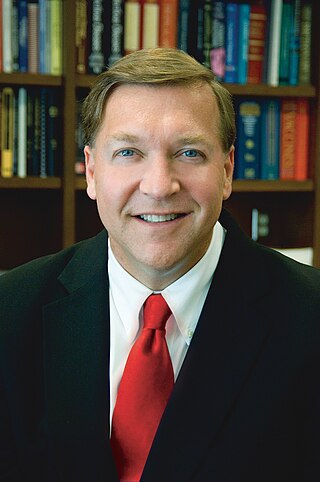
Samuel L. Stanley Jr. is an American educator and biomedical researcher. He was president of Michigan State University from 2019 to November 2022, and president of Stony Brook University from 2009 to 2019. Stanley is one of the founding directors of the Midwest Regional Center of Excellence for Biodefense and Emerging Infectious Diseases Research.
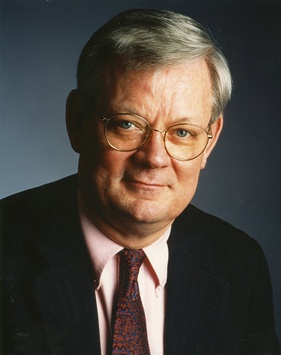
John David Alexander CBE was an American academic who served as president of Pomona College during a period of time where he led a major expansion of the school, and served as US National Secretary for the Rhodes Trust, overseeing the selection process for recipients of the Rhodes Scholarship from the United States.

What was originally called Harvard Colledge (around which Harvard University eventually grew) held its first Commencement in September 1642, when nine degrees were conferred. Today some 1700 undergraduate degrees, and 5000 advanced degrees from the university's various graduate and professional schools, are conferred each Commencement Day.
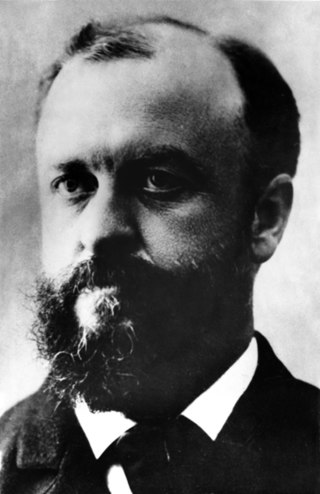
Cyrus Grandison Baldwin was an American minister in the Congregational Church, the first official president of Pomona College, and a pioneer of hydroelectric power in Southern California.
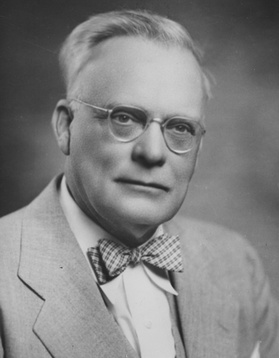
Charles Keyser Edmunds was an American engineer and physicist who served as president of Lingnan University in Canton, China, and Pomona College in Claremont, California.
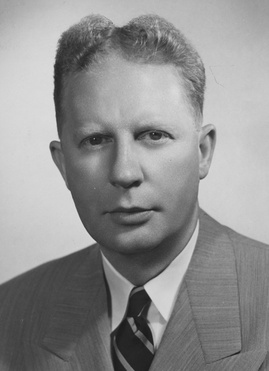
Elijah Wilson Lyon (1905–1989) was an American diplomatic historian who was the sixth president of Pomona College from 1941 to 1969. Born in Mississippi, he studied at the University of Mississippi and Colgate University, and was a Rhodes Scholar at Oxford University. During his tenure at Pomona, he guided the college through a transformational and turbulent period, and he is credited with helping shape it into a leading liberal arts institution. After his retirement, he wrote a history of the college, published in 1977.
References
- 1 2 3 "Stanley, Peter W(illiam)". www.encyclopedia.com. Retrieved 4 August 2020.
- 1 2 3 4 5 Silverstein, Stuart (6 April 2002). "Pomona College Head to Retire". Los Angeles Times. Retrieved 4 August 2020.
- 1 2 3 4 "Peter W. Stanley - Pomona College Commencement 2008" (PDF). Pomona College. Retrieved 4 August 2020.
- 1 2 3 4 "1991". Pomona College Timeline. Pomona College. 7 November 2014. Retrieved 4 August 2020.
- ↑ Pattison, Don; Wood, Mark. "A Few Parting Thoughts". Pomona College Magazine. No. Spring 2003. Pomona College. Archived from the original on 15 January 2009. Retrieved 18 April 2021.
- 1 2 "Mary-Jane Stanley 1943 - 2020". Legacy.com. Retrieved 4 August 2020.